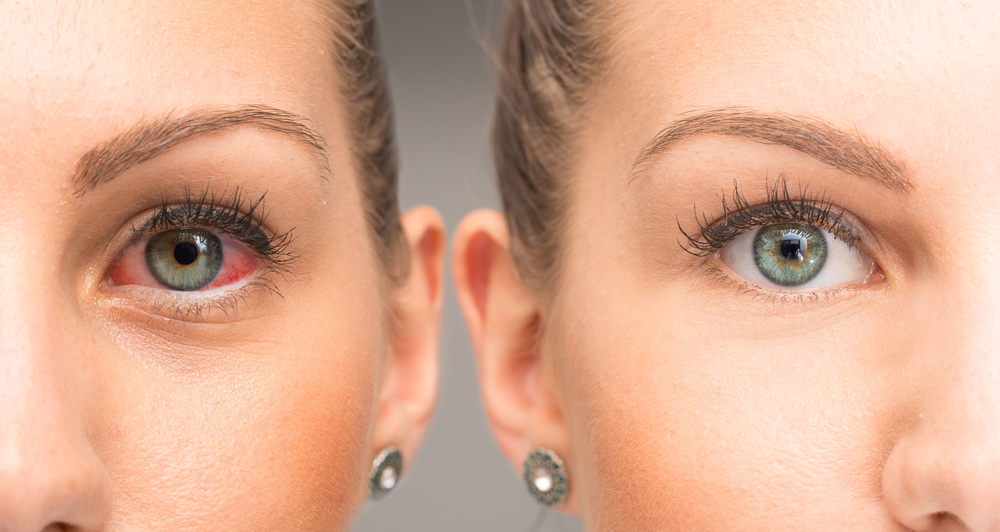
Dry eye syndrome is not just a singular disease, but more of a group of disorders related to tears and the ocular surface. It's a common condition affecting millions of people worldwide, and it's prevalence is increasing due to our reliance on digital devices and an aging population. Understanding dry eye syndrome and its causes are crucial to managing the condition effectively and alleviating the associated discomfort.
Understanding the Causes of Chronic Dry Eye
Chronic dry eye, a persistent form of dry eye syndrome, is caused by a range of factors. Our eyes produce tears through a complex process, and any disruption in this process can result in chronic dry eye. Age, for instance, is a significant factor as tear production naturally decreases with age. Hormonal changes, particularly in women during menopause, can also affect tear production.
Another cause of chronic dry eye is the imbalance in the tear mixture. Our tears are a combination of oil, water, and mucus. If any of these components are off balance, it can result in dry eyes. Additionally, certain medical conditions like diabetes, rheumatoid arthritis, and thyroid disorders can also lead to chronic dry eye. It's important to understand that dry eye is not just an isolated condition but can be a symptom of other underlying health issues.
The Link Between Chalazion and Dry Eye Health
One of the lesser-known causes of dry eye syndrome is chalazion, a condition that affects the eyelid. A chalazion occurs when the oil glands in the eyelids become blocked, leading to a small, painless lump. While a chalazion in itself is not harmful, it can cause discomfort and contribute to dry eye symptoms.
The link between chalazion and dry eye health lies in the oil glands, known as meibomian glands. These glands produce the oil component of our tears, which prevents the tears from evaporating too quickly. When a chalazion blocks these glands, it disrupts the balance of the tear mixture, leading to dry eyes. Therefore, managing chalazion is an essential aspect of dry eye treatment.
The Impact of Meibomian Gland Dysfunction on Dry Eyes
Meibomian gland dysfunction (MGD) is a leading cause of dry eye syndrome. These glands, located in the eyelids, are responsible for producing the oil layer of our tears. When these glands don't function correctly, it leads to meibomian gland dysfunction.
The impact of MGD on dry eyes is significant. Without the oil layer, tears evaporate rapidly, leaving the eyes dry and exposed. This results in the typical symptoms of dry eye syndrome, like irritation, redness, and blurred vision. Untreated MGD can lead to more severe eye conditions, underlining the importance of managing this condition.
Recognizing the Symptoms of Dry Eye Syndrome
Recognizing the symptoms of dry eye syndrome is the first step towards getting appropriate treatment. Common symptoms include a stinging or burning sensation in the eyes, redness, sensitivity to light, and a feeling of having something in your eyes. In some cases, paradoxically, dry eye syndrome can cause excessive tear production as a response to the eye irritation.
Symptoms can vary in severity and frequency. Some people might experience symptoms only in certain situations, like in an air-conditioned room, while others might have persistent symptoms. If you have persistent symptoms, it's advisable to seek medical help, as prolonged dry eye syndrome can cause damage to the eye surface.
What are the Innovative Treatments for Dry Eye Syndrome?
The field of optometry has seen significant advancements in recent years, leading to innovative treatments for dry eye syndrome. One such treatment is LipiFlow, a device that applies heat and gentle pressure to the eyelids to unclog the blocked meibomian glands. This helps restore the oil layer of the tear film, providing relief from dry eye symptoms.
Another breakthrough treatment is Intense Pulsed Light (IPL) therapy. Originally used for dermatological procedures, IPL has shown promising results in treating dry eye syndrome. The light pulses help to liquefy and release the hardened oils blocking the meibomian glands.
Exploring Treatment Options for Chalazion and Eye Health
Treatment for chalazion, similar to MGD, involves a combination of professional medical treatments and home remedies. In most cases, chalazia resolve on their own in a few weeks to a month. However, persistent chalazia might require medical intervention.
Warm compresses and gentle massages can help unblock the oil gland and speed up the healing process. If these measures don't help, your doctor might recommend an in-office procedure to drain the chalazion.
Take Steps to Manage Your Dry Eye Today
Dry eye syndrome is a common but often overlooked condition. Understanding the underlying causes, like chronic dry eye, meibomian gland dysfunction, and chalazion, is crucial in providing effective treatment. With innovative treatments and a comprehensive approach to care, managing dry eye syndrome is increasingly achievable.
If you are experiencing dry eye or would like to explore the benefits of innovative dry eye treatments, visit Optikos Optometry at our office in Los Angeles, California. Our goal is to provide highest quality eye care to you and your family, using our state-of the art technology. Please call (213) 642-3200 to schedule a consultation today.







